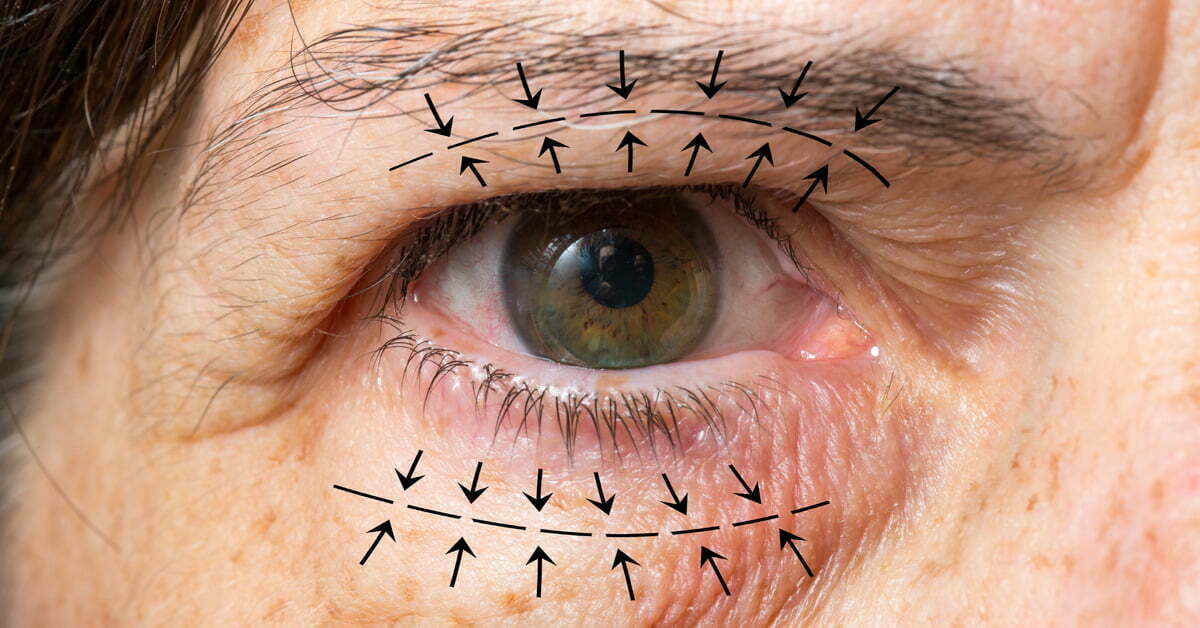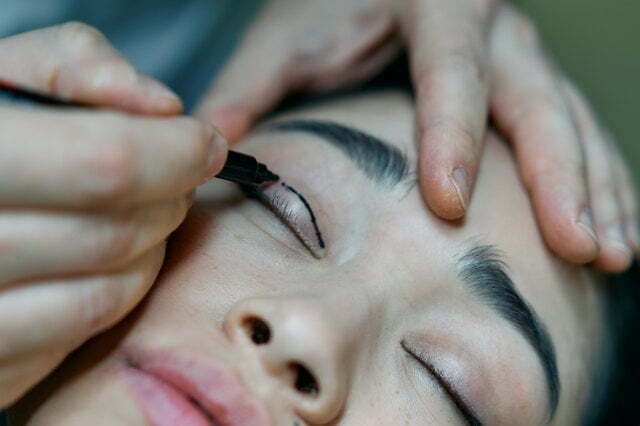
Oculoplastic surgery, a specialized area of ophthalmology, focuses on the health of your eyelids, orbit, tear ducts, and the other regions of your eye. Through this procedure, surgeons strive to improve the functionality and appearance of the eyes. This type of surgery also combines plastic surgery with reconstructive surgery to give you the best possible outcome. Use this guide to learn more about what kind of surgery oculoplastic surgeons in northeast Pennsylvania perform.
What is oculoplastic surgery?

adult, blepharoplasty, care used with permission via Pexels by cottonbro
Ophthalmology involves the diagnosis and treatment of eye disorders, and oculoplastic surgery is a facet of this area of medicine. An oculoplastic surgeon is an ophthalmologist who underwent additional training in reconstructive surgery. The type of surgery performed, which involves the eyes and face, can help treat a variety of medically necessary conditions. Still, it can also be an option for patients who seek cosmetic solutions.
What conditions do oculoplastic surgeons treat?
Oculoplastic surgeons care for patients of all ages who are dealing with various medical ailments. Some of the common conditions they treat include the following:
- Blepharoptosis: People who experience this have extra eyelid skin or fat located above and below their eyes.
- Brow Ptosis: Those with this condition experience eyebrow drooping.
- Ectropion: This condition causes the lower eyelid to sag and turn out, resulting in eyeball exposure.
- Entropion: People who deal with this condition have their upper or lower eyelids turn inward, which causes the eyelashes and skin to rub against the eye.
- Eyelid Growths: Certain benign or malignant growths on the eyelid or face can cause issues.
- Injuries: Sometimes, a trauma that affects the eye, eyelid, or orbit needs care.
- Obstructed Tear Ducts: Those who have this condition experience blocked tear ducts either from birth or caused by illness or injury, affecting tear production.
- Ptosis: This condition causes the upper eyelid to droop.
- Tumors: Just like eyelid growths, benign or malignant tumors of the eye, eyelid, or orbit can cause problems.
What procedures do oculoplastic surgeons do?
Oculoplastic surgery procedures aim to improve the functionality and appearance of the area around the eyes. They combine the cosmetic aspect of plastic surgery with the microsurgery part of ophthalmology. Patients might need reconstructive surgery involving their tear ducts, orbit, and eyelids or cosmetic surgery for their eyebrows and eyelids. Some of the more common types of oculoplastic surgery include the following:
- Blepharoplasty: Also known as eyelid surgery, blepharoplasty gives your eyes a more youthful appearance since it involves removing excess skin, bulging fat, and lax muscles located on the lower or upper eyelids. Depending on how severe the droopy eyelids are, the surgery can involve the removal of skin on the upper eyelid that obstructs peripheral vision. According to the American Society of Plastic Surgeons, eyelid surgery is the second-most popular cosmetic surgery procedure performed in 2020.
- Ectropion repair: When your lower eyelid rolls away or sags away from the eye, the eye becomes exposed and dry. Surgery can ensure you don’t experience eye irritation, red eyes, or cornea breakdown.
- Entropion repair: When your eyelid rolls inward, it can rub against your eye and cause it to become sensitive to light. Without treatment, you can experience mucous discharge and scratches to the cornea.
- Eyelid growths: Since the eyelid is the thinnest and most sensitive part of your body, it tends to be the first part of your face that experiences sun damage and aging. As a result, skin cancer of the eyelids is relatively standard. If, after evaluation, you discover you have this type of cancer, surgery may be necessary to remove the tumor and reduce the possibility of recurrence.
- Ptosis repair: If you have ptosis, you might have difficulty keeping your eyelids open, so you might overcompensate by arching your eyebrows. In severe cases, you may need to use your fingers to lift your eyelids. A loose or overstretched muscle or tendon used to elevate the eyelid is typically the culprit, so surgery is involved and can reattach or shorten that muscle or tendon. The purpose of the surgery is to elevate the upper eyelid to restore a normal field of vision.
What should you expect during oculoplastic surgery?
Before the oculoplastic procedure, you should avoid certain types of medications. Depending on the type of surgery you have, the time involved varies. The surgeon operates at the office and not a hospital in most instances. You’ll receive a local anesthetic and should be able to go home shortly after the surgery. You will need to arrange for someone to take you home since you won’t be able to drive.
Following oculoplastic surgery, recovery time can range between 10 to 14 days. To help your eyes heal and minimize bruising, try applying a cold compress to the area several times a day. You can also try limiting your time outside since one of the leading causes of aging skin involves sun exposure. However, if you have to venture out, wearing sunglasses or a hat can help minimize direct sunlight to your eyes so your incision can heal properly.
Does insurance cover oculoplastic surgery?
In certain cases, insurance companies cover the cost of oculoplastic surgery. For instance, if you experience ptotic eyelids that impair your vision and impact your daily life, your insurance company might consider it a medically necessary surgery. However, some insurance companies might not cover the cost of eyelid surgery unless it affects your day-to-day life. If you would like to know for sure whether your insurance provider covers the cost of the surgery, it’s best to reach out to the provider directly.
If you’re interested in learning more about oculoplastic surgery or have eye issues you want to resolve, reach out to the Northeastern Eye Institute (NEI). As the largest eye care center in northeastern Pennsylvania, we have more than a dozen offices conveniently located throughout the Scranton and Wilkes-Barre area. Contact us today to schedule a consultation and find out why we’ve remained one of the best eye care facilities in the area since we opened our doors in 1984.